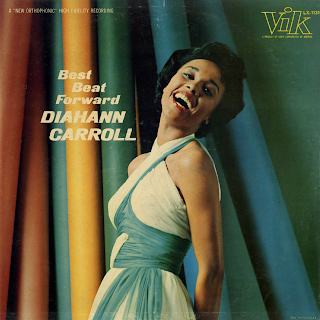
The Art Of Art
Art Tatum
A&R Research and Coordination: Jack Maher
Originally recorded under the personal supervision of Norman Granz
Cover Art: Jon Henry
Remix Engineer: Don Young
Director of Engineering: Val Valentin
All selections recorded in Los Angeles
VSP Verve VSP-33
Available from online vendors so I will not be posting a sample. Presented here to share the cover art and jacket notes.
From the back cover: In four sessions between December, 1953, and January, 1955, Art Tatum recorded well over a hundred standard tunes from his repertoire. An undertaking on a scale appropriate to the scope and talent of the artist, nothing like this was ever attempted in jazz before or since. The realization of such a definitive collection was singularly fortunate, because of the pianist's untimely death in 1956.
"The only true phenomenon jazz has produced," was how Teddy Wilson once described him, and certainly there have been few musicians in that field who have been granted such unanimous respect and admiration from their confreres. Tatum was a virtuoso with an unparalleled technique, an elegant touch, and an imagination to match. He had, as the solos in this album clearly show, a unique ability to give familiar material new and fantastic dimensions, often contrasting wholly different conceptions from chorus to chorus. Take, for example, the big-band classic, Stompin' At The Savoy. In the course of less than three minutes, alone at the piano, he presents theme and variations in a diversity seldom achieved by an arranger with fifteen able jazz musicians at his command.
Art was an abbreviation of his given name, and Tatum was a synonym for Art. – Stanley Dance
Indiana
Recorded April 22, 1954 (from the deleted Verve album V-8347)
Moon Song
Recorded April 22, 1954 (from the deleted Verve album V-8347)
Stompin' At The Savoy
Recorded December 29, 1953 (from the deleted Verve album V-8127
Boulevard Of Broken Dreams
Recorded April 22, 1954 (From the deleted Verve album V-8347)
Humoresque
Recorded live at Jazz At The Hollywood Bowl, 1956 (from the deleted Verve album V-8231-2)
Willow Weep For Me
Recorded live at Jazz At The Hollywood Bowl, 1956 (from the deleted Verve album V-8231-2)
Moonlight On The Ganges
Recorded April 22, 1954 (from the deleted Verve album V-8347)
The Man I Love
Recorded December 29, 1953 (from the deleted Verve album V-8127

























